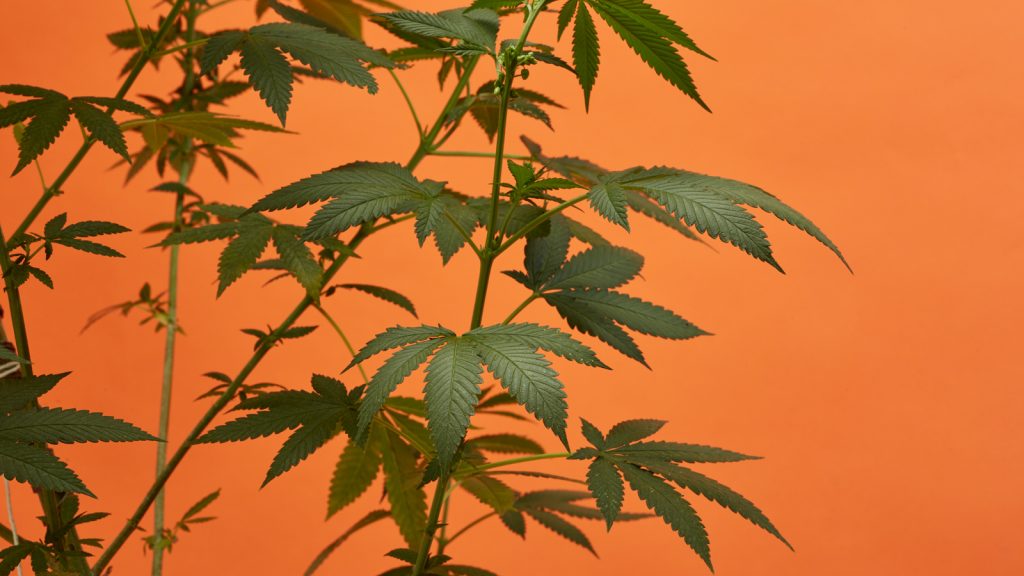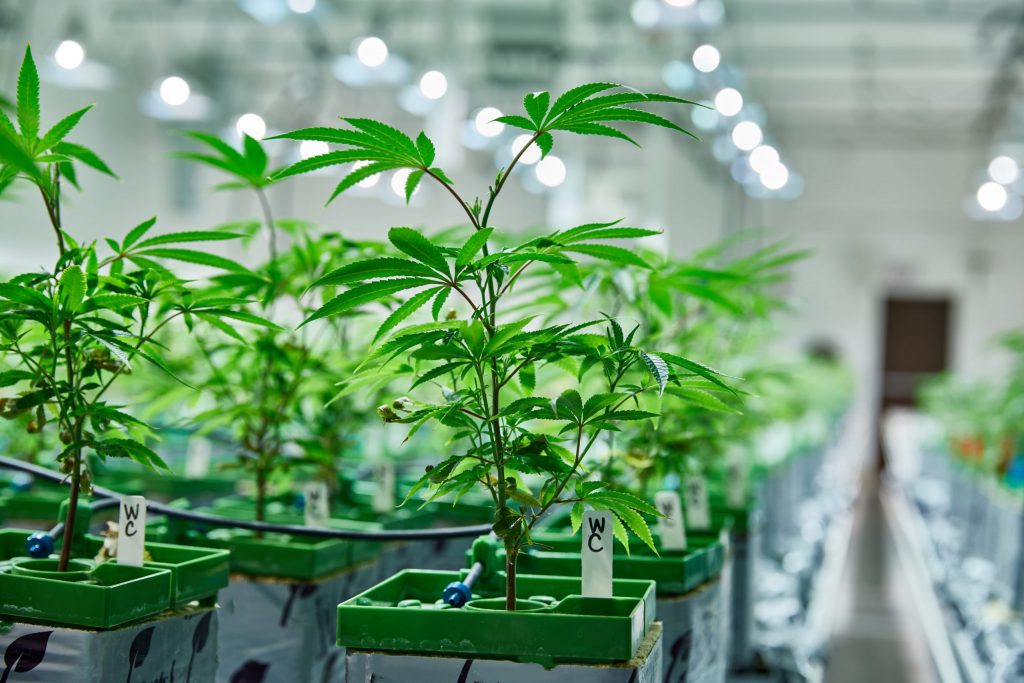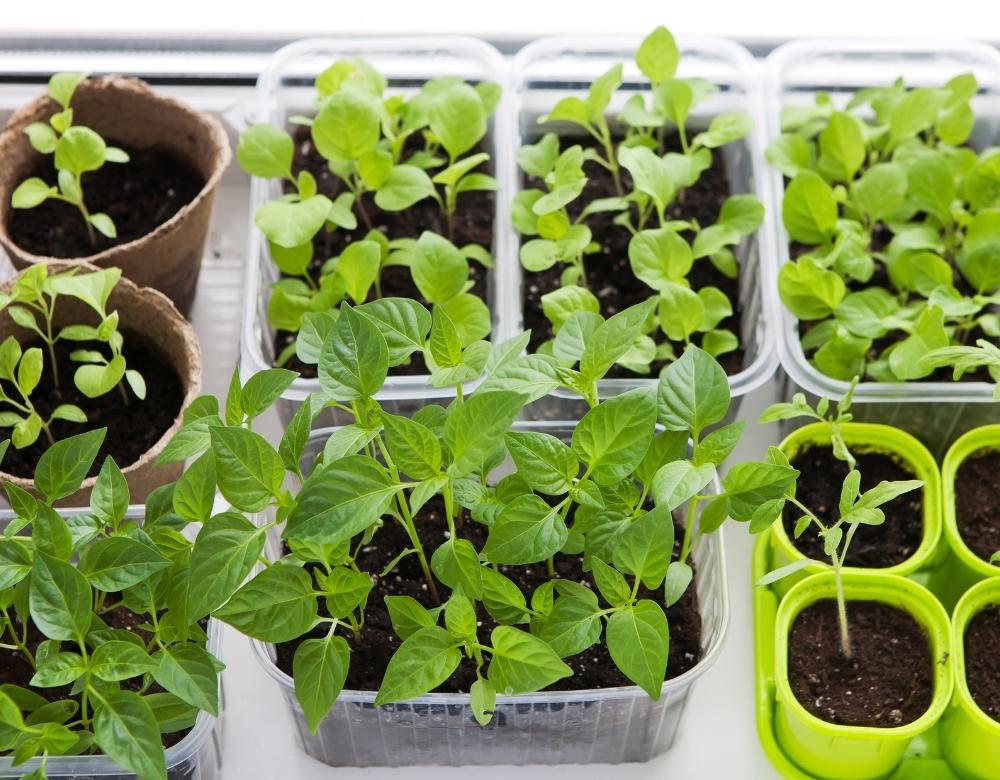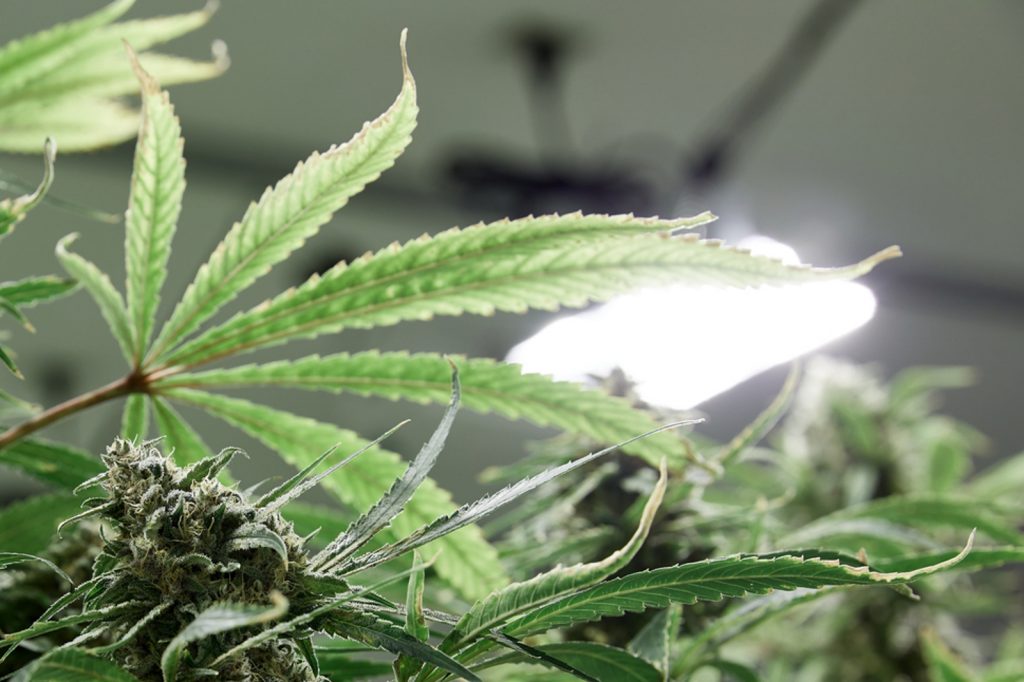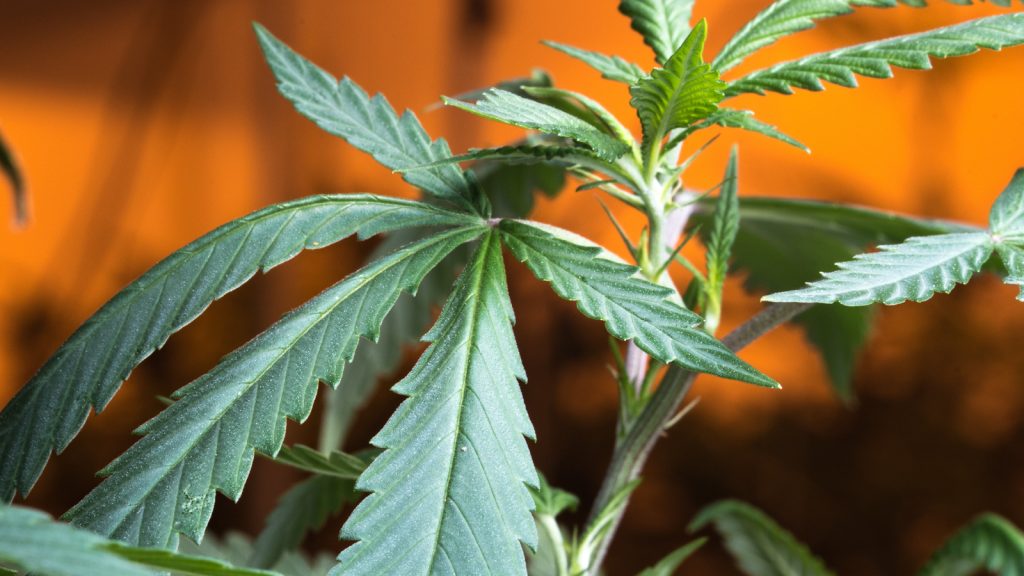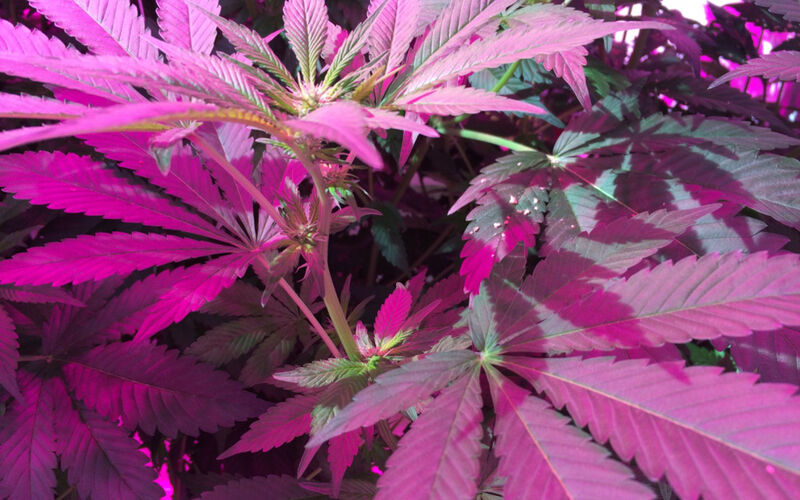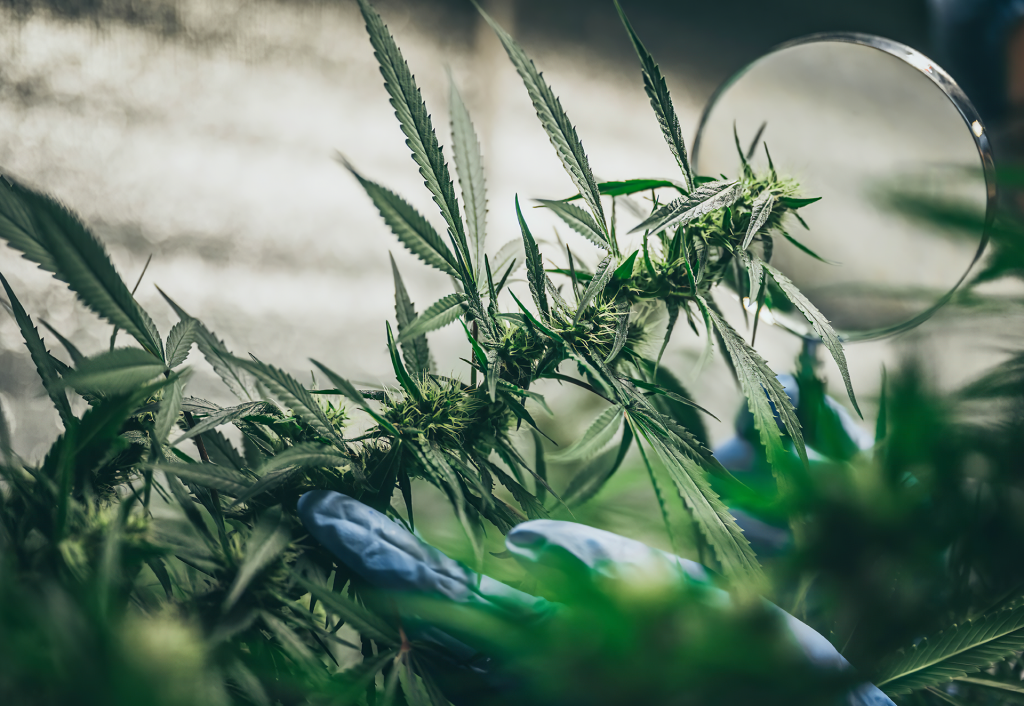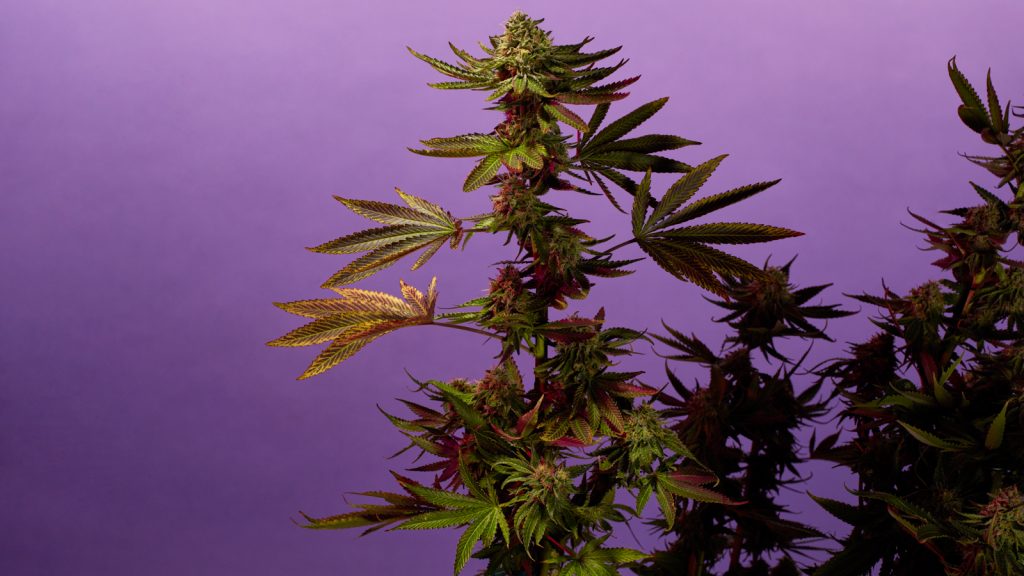A Beginner’s Guide to Hydroponic Growing-Part II
From the last blog, we have discussed something about hydroponic growing. What’s more? Read on:
What are the drawbacks of hydroponic systems?
It can be time-consuming and expensive for those setting up hydroponic systems for the first time. There are two other main drawbacks to consider before trying this growing medium.
Monitoring: Part of the time investment involves near-constant monitoring of the garden to ensure the health of the plants. If one cannabis plant in a hydroponics system becomes diseased, the entire crop may fail and die. Damaging microorganisms also thrive in wet environments and could threaten the health of the plants before harvest time.
Technology: Hydroponics is a good method for the tech-savvy cultivator who understands that a power outage can spell disaster. Even if the system runs on a back-up generator, an extended outage could leave you watering your garden and administering plant food by hand.
If the pros of hydroponics outweigh the cons, you may be ready to try your hand at employing this growing medium in your home.
How do you grow hydroponics at home?
A dedicated space indoors is the best location to grow hydroponics at home. In addition to the hydroponics system, you can furnish your garden with supplemental grow lights to maximize the health and volume of the cannabis harvest.
For outdoor growing at home, a sunlit patio or deck make ideal locations. But if you live in a cold climate, it would be better to keep your hydroponic cannabis garden inside. Otherwise, the plants will be subjected to the elements and vital water could evaporate if you do not consistently monitor nutrient solution levels.
Before you get started, you’ll need to gather the following supplies:
- Hydroponics starter kit
- Oscillating fan for ventilation
- Carbon filter
- Grow tent
- Grow lights
- Cannabis seeds with the strain of your choice
Once you’ve gathered those basic supplies, here are some quick steps to take to get your hydro system started at home:
- Assemble the hydroponics system. Each system will be slightly different, but you can expect a starter kit to include a water tank, water pump (often part of a timed circulation system), LED grow lights, and a nutrient solution.
- Combine the nutrients and water in the tank or reservoir. Start up the pump and wait about 30 minutes for the nutrients and water to blend. Add beneficial bacteria and keep an eye on pH levels. Between 5.5 and 6.5 is the sweet spot for hydroponic gardens.
- Plant the germinated seeds and monitor progress through the seedling stage, which lasts about 3 or 4 weeks.
- As plants move into the vegetative stage and flowering stage, you may choose to make a few adjustments. For example, during the flowering stage you may opt to try the cultivator’s strategy of defoliation to accelerate healthy growth. Nutrient levels should also be lowered during this phase as harvest approaches.
Bottom line
A hydroponic garden requires an initial investment of time and money but can be an excellent way to grow cannabis quickly and with minimal waste of resources.

